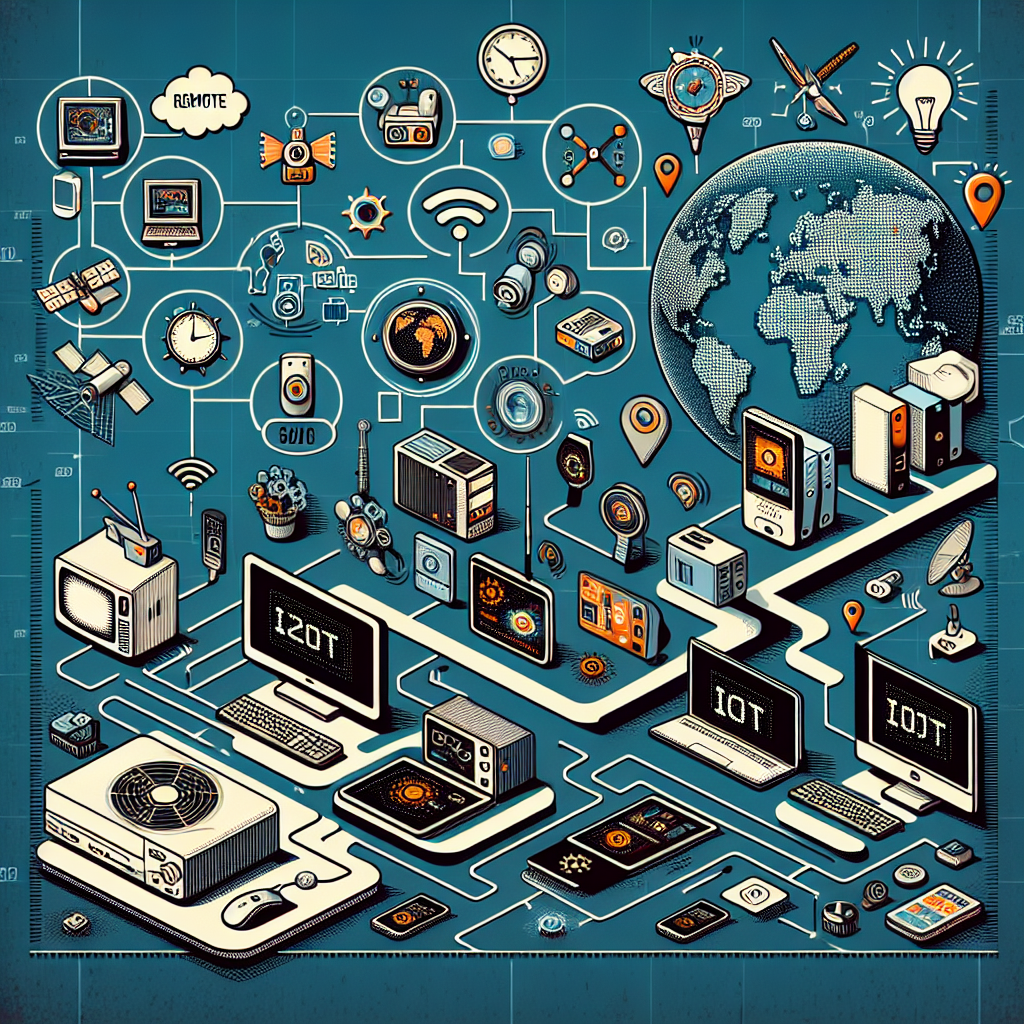Your cart is currently empty!
The Evolution of Remote Monitoring in the Age of IoT

The Evolution of Remote Monitoring in the Age of IoT
In today’s fast-paced world, technology is constantly evolving and changing the way we do things. One area that has seen significant advancements in recent years is remote monitoring, especially with the rise of the Internet of Things (IoT). Remote monitoring refers to the ability to monitor and control devices, equipment, and systems from a distance, often using technologies such as sensors, wireless connectivity, and cloud computing.
The IoT, which refers to the network of connected devices that communicate with each other and the internet, has transformed the way remote monitoring is conducted. With the IoT, devices and sensors can collect and transmit data in real-time, allowing for more accurate and timely monitoring of various systems and processes. This has revolutionized industries such as healthcare, manufacturing, agriculture, and transportation, among others.
One of the key benefits of remote monitoring in the age of IoT is the ability to proactively detect and address issues before they escalate. For example, in healthcare, remote monitoring technologies can track a patient’s vital signs and alert healthcare providers if there are any anomalies, allowing for early intervention and potentially saving lives. In manufacturing, remote monitoring can help prevent equipment failures by monitoring performance data and predicting when maintenance is needed.
Another advantage of remote monitoring in the IoT era is the ability to access data from anywhere, at any time. This means that operators and technicians can monitor and control systems remotely, without having to be physically present at the site. This not only increases efficiency but also reduces the need for on-site personnel, saving time and resources.
Furthermore, remote monitoring in the age of IoT enables better decision-making by providing real-time insights and actionable data. By analyzing the data collected from sensors and devices, organizations can identify trends, optimize performance, and make informed decisions to improve operations and reduce costs.
However, with the benefits of remote monitoring in the IoT era also come challenges. Security and privacy concerns are top of mind, as the increased connectivity of devices and systems opens up vulnerabilities to cyberattacks. Organizations must invest in robust cybersecurity measures to protect sensitive data and prevent unauthorized access to their systems.
Overall, the evolution of remote monitoring in the age of IoT has transformed the way businesses operate and manage their assets. By leveraging the power of connected devices and real-time data, organizations can improve efficiency, reduce downtime, and enhance decision-making. As technology continues to advance, the possibilities for remote monitoring are endless, paving the way for a more connected and intelligent future.

Leave a Reply